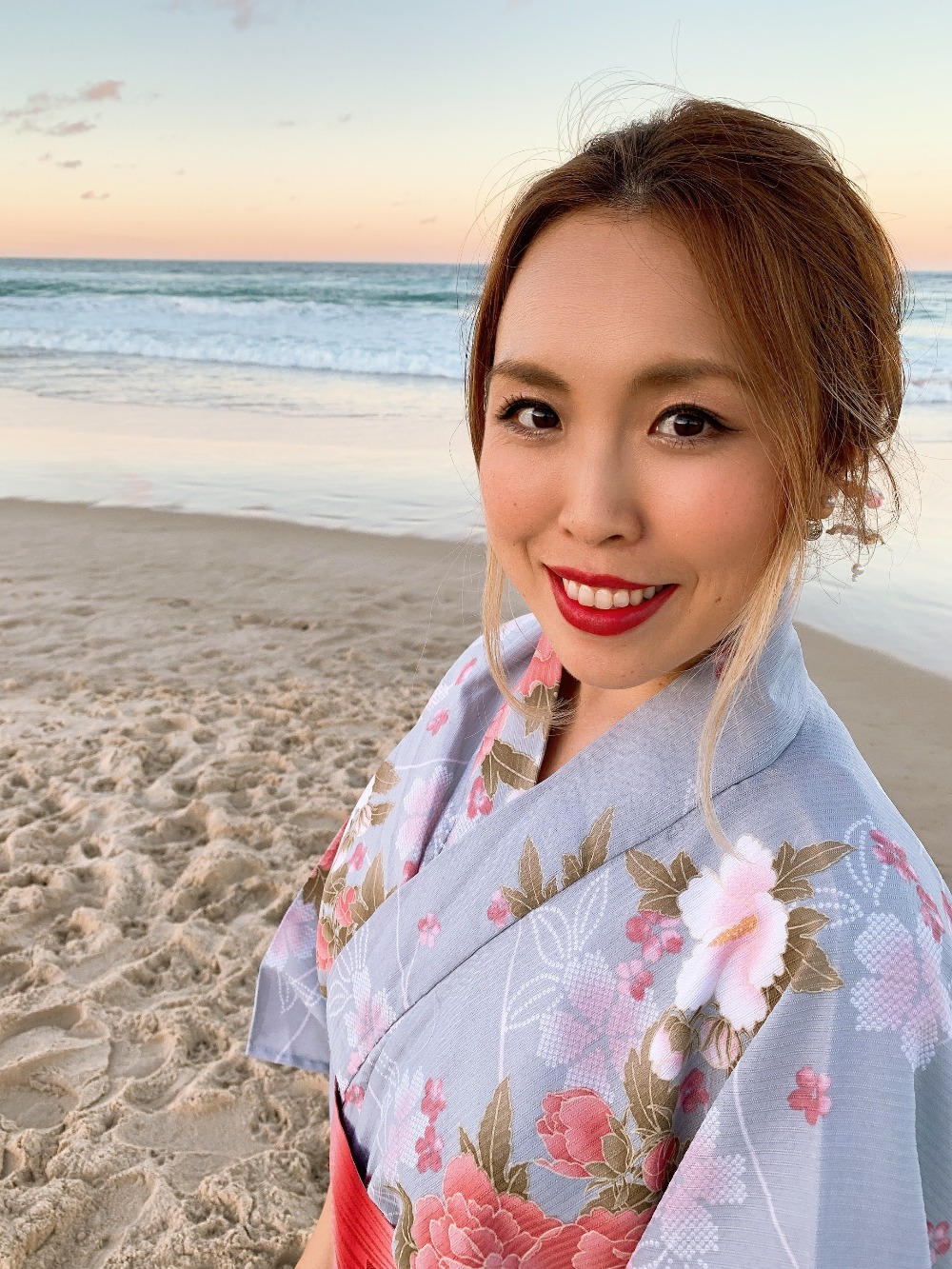Japanese Vegan Cuisine
- Hiro

- Feb 11, 2022
- 3 min read
Updated: Mar 2, 2022
“Shojin Ryori” - Vegan meditation food passed down from Japanese monks
Shojin Ryori is a special kind of Japanese cuisine that was introduced by Buddhist monks. "Shojin” is a Buddhist term that means to avoid gluttony, refrain from killing and eating animals and practice spirituality. Based on these Buddhist principles meals are cooked using only vegetable foods such as vegetables and grains, without any animal meat or products. However, Buddhist cuisine is not just a “vegetarian dish”. In Zen, all food-related behaviors are "training." You should look at yourself through your eating behavior, such as respecting the ingredients when cooking the dishes, keeping the kitchen tidy and eating consciously.
History of Shojin Ryori:
Buddhist cuisine came to Japan from China with the introduction of Buddhism. During the Nara and Heian periods, the Tendai sect was founded on Mt. Hiei, close to Kyoto, and the Shingon sect on Mt. Koya, south of Osaka. From the Kamakura period to the Muromachi period, in the years 1192-1573, Buddhism became popular among the Japanese people, and, at the same time, vegetarian cuisine was introduced throughout the country.
Currently, the roots of vegetarian cuisine made in Japan are the "Lessons of the Noriza", which have been written by the monk called Dogen of the Soto sect during the Kamakura period. The book contains the concept of "Sanshin", the three states of your mind when you prepare meals:
Kishin (joyful mind) = enjoy to create
Roushin (old mind) = enjoy to give hospitality
Daishin (great mind) = cook with respect and a generous heart towards everything
When do we eat Shojin Ryori?
In Japan, it was common to eat Shojin Ryori at funerals and Buddhist rituals such as ceremonies. Even now, in some areas, after the funeral of relatives, we do not eat meat or fish until the end of the 49th day of the memorial service. The food you eat on the day after that mourning period is called "dedication", and you can eat meat and fish on that day.
Which ingredients are we using?
Shojin Ryori is cooked according to Buddhist precepts, and there are various types and cooking methods depending on the denomination. Usually, the ingredients include vegetables, grains, seaweed, legumes, nuts and fruits. As the main ingredient, we use a lot of soybean products such as tofu, yuba and fried tofu. Soy contains high-quality vegetable protein, to replace meat and fish in the meal. Miso, soy sauce, tofu, yuba, and fried tofu are all developed from Shojin Ryori. Combining these ingredients with rice, miso soup and pickles results in a well-balanced vegetarian menu. Obviously, you cannot use dried bonito to make dashi stock in vegetarian cuisine. Instead, you use kelp and dried shiitake to make the stock.
Not all vegetable foods can be used because some stimulating foods called "goshin" or "gokun" are restricted, for example, spring onions, onions, garlic, garlic chives, and scallions. In addition, spices or ingredients with a strong taste are also not allowed in Shojin Ryori. This is because it is necessary to get rid of the worldly desires in order to gain enlightenment, but spices stimulate the worldly desires, such as chili, pepper, ginger, etc. However, nowadays people in Japan have adopted Shojin Ryori and cook at home with less restrictions on ingredients.
Want to learn how to cook this?
In my Vegan Master Class, inspired by Shojin Ryori, you will learn how to cook your own Japanese vegan monk dish. You will prepare 12 dishes using 9 Japanese cooking methods: Agemono (fried), Nimono (simmered), Aemono (dressed salad), Yakimono (grilled), Mushimono (steamed), Sunomono (vinegared), Shirumono (soup), Gohan (rice) and Tsukemono (pickled vegetables).
This Master Class includes 3 cooking classes each on its own day. You can book the days that suit your schedule. We can practice preparing, cooking and eating the "Sanshin" way to settle our mind and focus on our body. Click here to find out more about this vegan Japanese cooking class.







Comments